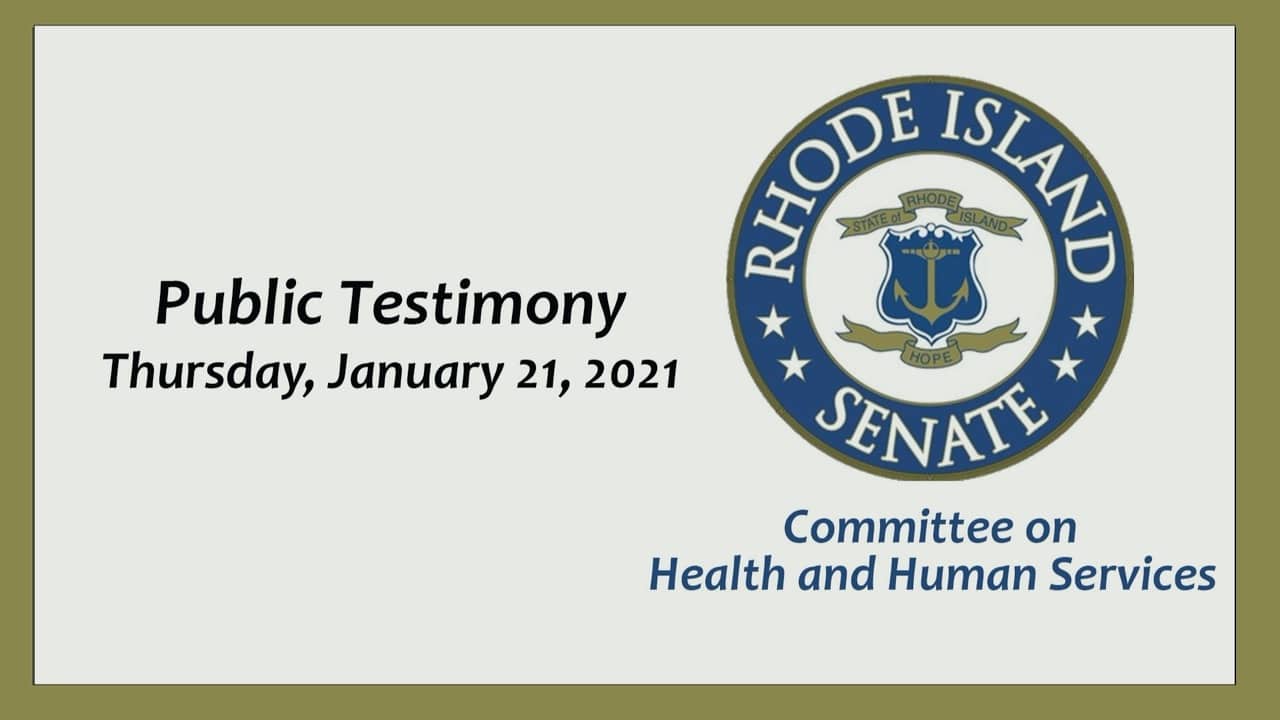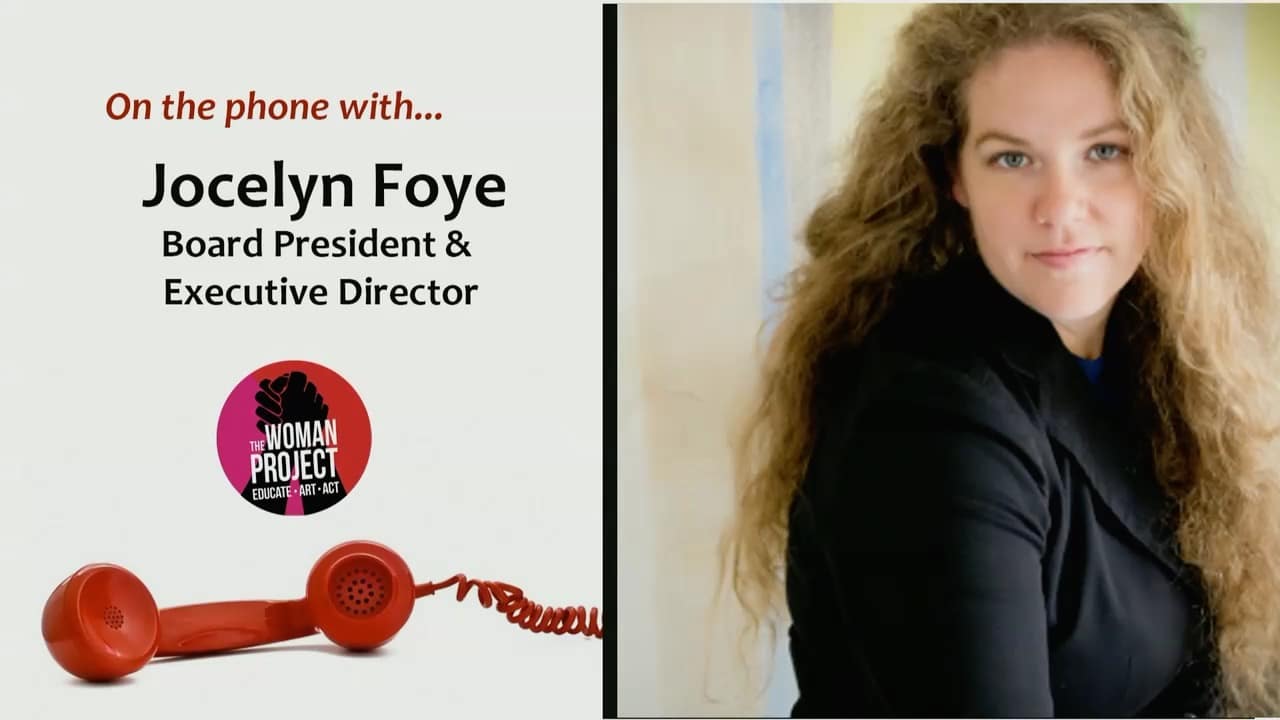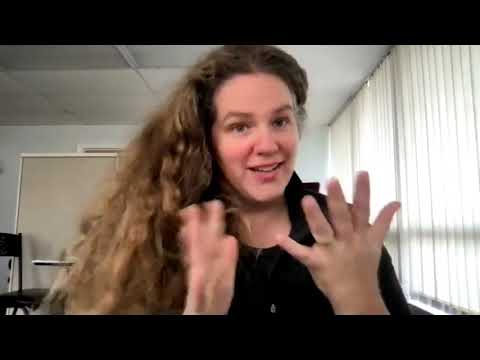The pandemic has changed the way the public testifies before the General Assembly, and it’s for the better
“Here we were, giving testimony about access, and I was literally having access,” said Jocelyn Foye, executive director of The Womxn Project.
January 26, 2021, 1:00 pm
By Steve Ahlquist
On January 14 the House Committee on Rules allowed public testimony on a resolution concerning the rules that govern the way the Rhode Island House of Representatives will govern itself for the next two years. These rules determine everything from the censuring of a House member to the way a bill winds its way through the committee process. This year, special rules were added to allow the House to operate during the pandemic. The committee will vote on the rules on Tuesday, January 26.
The testimony before the House Rules Committee was the first time any public testimony was presented to the legislature since the General Assembly shut down in March of last year. Public testimony is an important part of the legislative process, whether it be in person or written in the form of a letter or email. It’s the most direct and public way for ordinary people (as well as lobbyists) to let their opinions be known.
UpriseRI spoke with Jocelyn Foye, executive director of The Womxn Project, who testified before the House Committee on Rules by telephone, and asked her to compare her experience with previous times she testified at General Assembly committee meetings, before Covid.
Here’s the full video:
“I think that they’re testing things out,” said Foye. “They’re trying to figure out how to do this.
“The process in the past is that we would, on the day [that the committee takes testimony] we would go to the State House and sign in, stating that we were interested in testifying,” said Foye.
For the House Rules Committee testimony, Foye was interested in testifying because The Womxn Project had formed a coalition of local groups (including UpriseRI) that were dedicated to rules reform as a way of getting a better, more fair legislative process.
“The part that was fascinating and made me happy, was that here I am, at work – I’m a working mom, I can’t always get up [to the State House] I live 40 minutes away – I was able to call in, and they had a picture of me on the projector.”
Uprise RI had asked about the origin of the picture the committee used of her during her testimony.
“I lucked out,” said Foye. “They chose a picture of me. They had a list of people who wanted to give oral testimony. It was myself, John Marion from Common Cause and Steve Brown from the ACLU. Those two gentlemen are constantly giving testimony in these ares. This is their area of expertise. There were pictures of them up [during their testimony] with their name and their titles and I was like, this should be interesting. [Note: Randall Rose also testified at the committee hearing that evening, after Foye.]
“They pulled a picture of me off Google with my name and the wrong logo and name for my organization because it’s slightly modified in title.”
The Womxn Project was previously known as the The Women Project.
“I took a couple of things away from that,” said Foye. “It made me concerned, because… whoever had to do that work, if they had any relationship to me whatsoever, or if they were against the causes I am testifying about, they could have picked all sorts of awful photographs.”
Despite these small reservations, overall, the experience was excellent, said Foye.
“Here we were, giving testimony about access, and I was literally having access,” said Foye. “I was having access in the form of – I can make the call from my office at 5pm, where I’m sitting and doing work.
“They called me, by the way. I had to give them my name, my email, phone number. They called me and said, ‘Okay, are you ready to go? You’re going to be on in 30 seconds.’
“So access was great,” said Foye.
“For things in the past that I’ve testified for, there are lists that are something like 70 some odd witnesses,” said Foye. “So there would be no way to [have an identifying photo for each person testifying] – being a graphic designer I understand it takes time to do that.”
This makes sense. At a Senate Health and Human Services Committee meeting watched by UpriseRI, instead of individual graphics with name, organization and a picture of the person giving testimony, there was a simple graphic for all those testifying that simply said, “Public Testimony” with the date and name of the committee.

The access that testifying by telephone provided is potentially game changing. Gone were long late night drives to and from the State House, where one might wait for hours for their chance to testify. Instead, a person wanting to testify on a bill was given a phone call, and could break away from work or family for a chance to have input into important legislation.
Would Foye like to see telephone testimony continue after Covid?
“Absolutely,” said Foye. “We would have so many more people able to testify, from all walks of life… Many folks don’t know that [the General Assembly] only meets on Tuesday, Wednesday and Thursday, and we’re only meeting from 3:30-5:30pm, a chunk of time where most of us who have day jobs. It’s absolutely impossible for us to get there. Anyone who has kids… we don’t have a childcare plan. Some states take testimony on the weekend, or provide child care.”
As our government continues to meander its way through the pandemic, these kind of structural changes to the way the General Assembly does its work, once thought impossible, are now not only necessary, but are delivering better access that must be preserved going forward.







